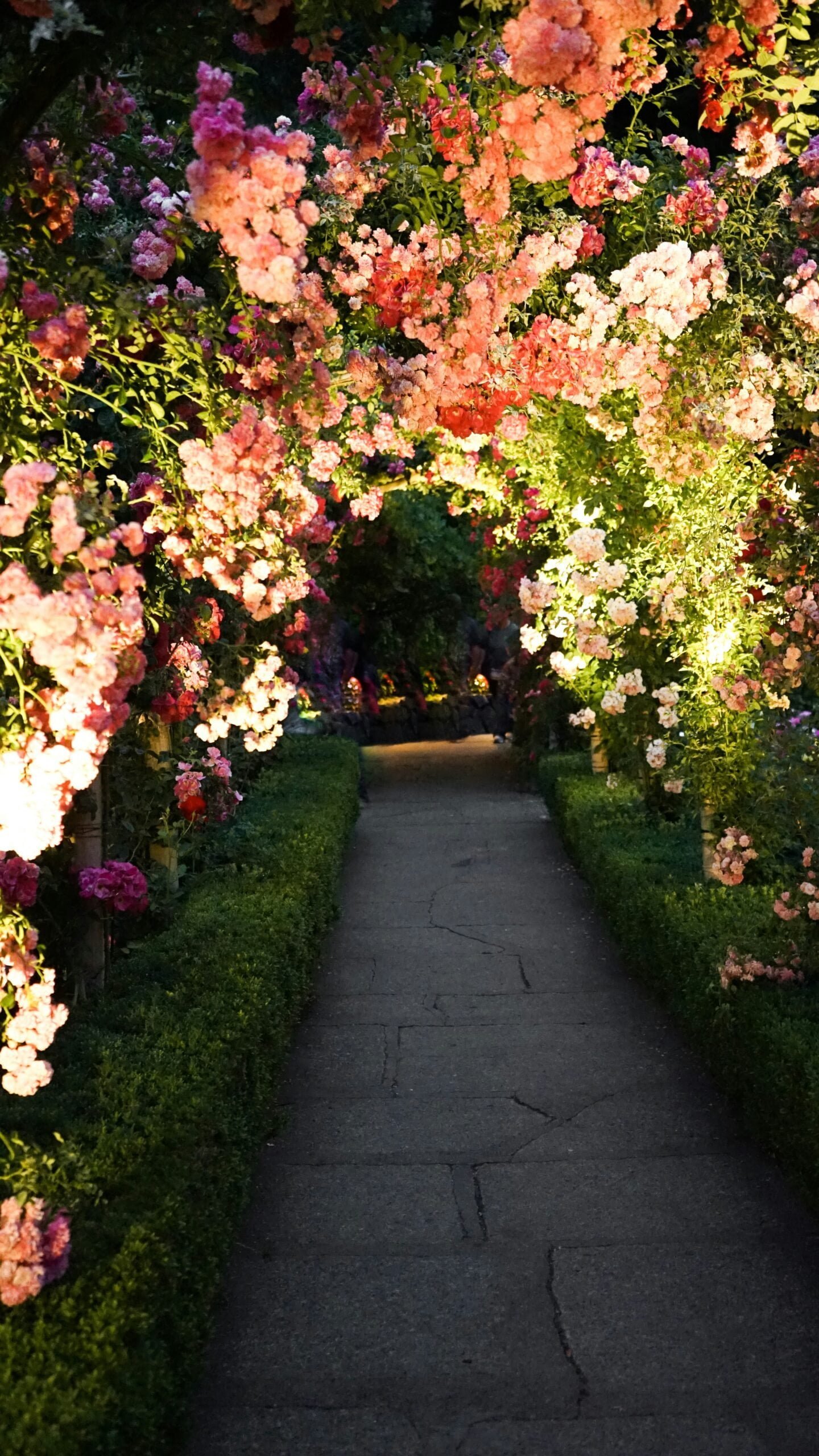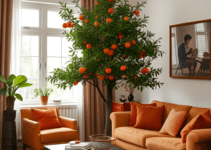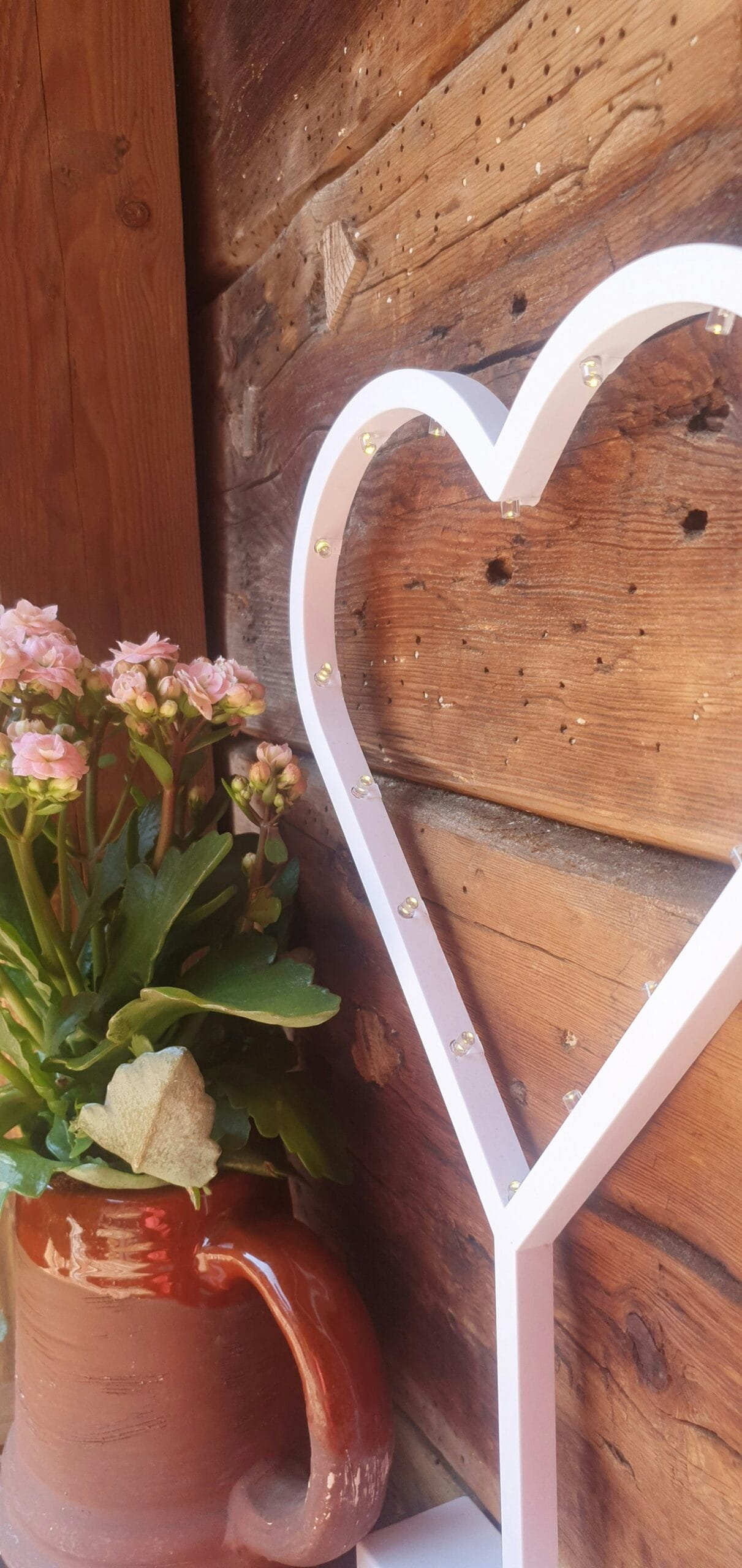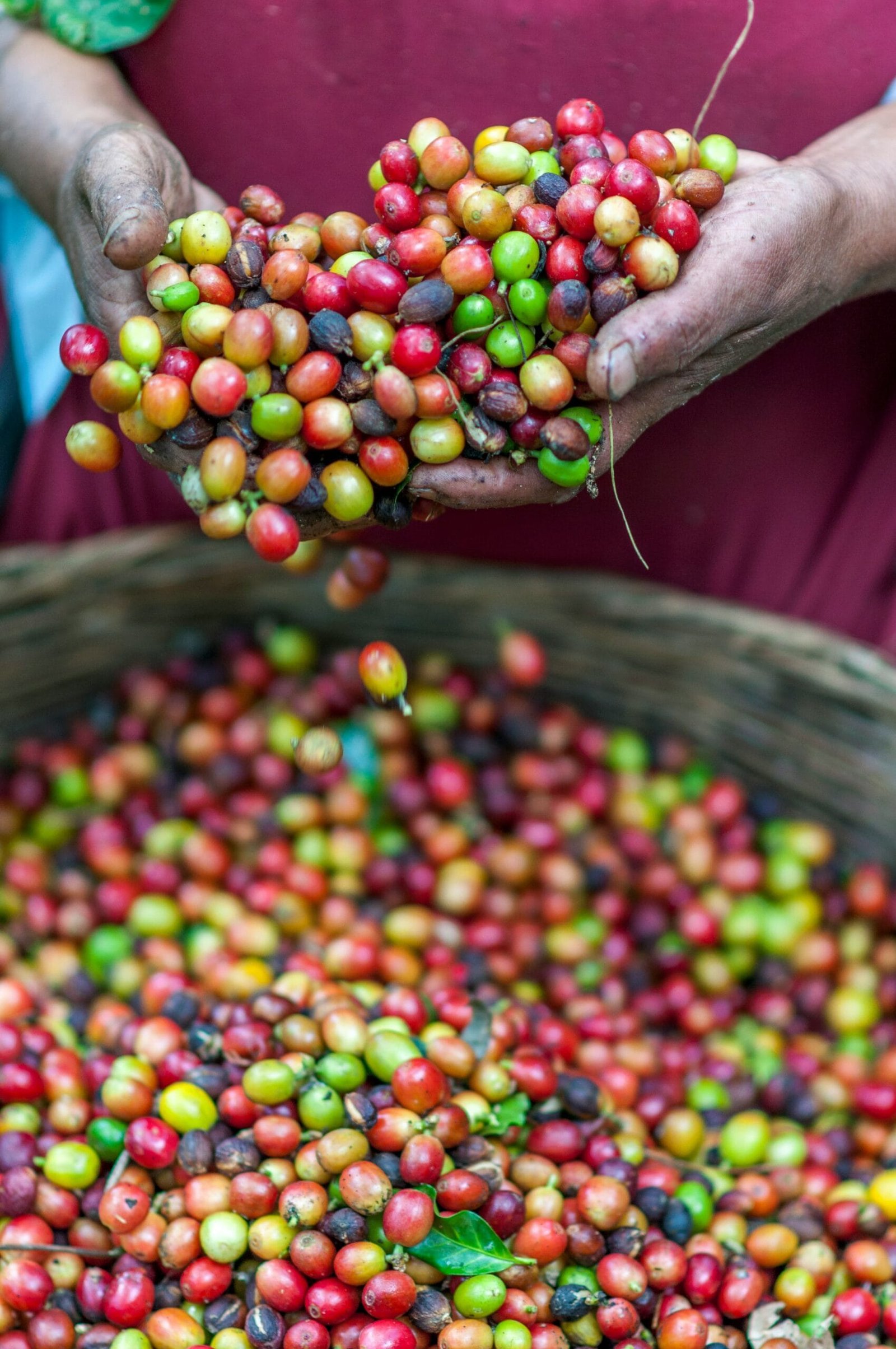Introduction to Garden Fragrance
Creating a fragrant garden serves as more than just a feast for the eyes; it offers a multi-sensory experience that can significantly enhance one’s enjoyment of the outdoor space. The importance of scent in a garden cannot be overstated. Aromatic plants not only contribute to the garden’s aesthetic appeal but also provide numerous benefits that affect both our emotional and psychological well-being.

Read this article and do not forget to check our YouTube channel “Grig Stamate” for other amazing videos:
https://www.youtube.com/@GrigStamate
Beautiful Gardens and Flower Gardens | OUTDOOR DECOR & LANDSCAPING IDEAS #12 (video)
A garden filled with pleasant fragrances can evoke a sense of tranquility, reduce stress, and promote a general feeling of well-being. The olfactory senses are closely linked to memory and emotions, and the presence of aromatic plants can trigger positive associations and moods. For instance, the scent of lavender is widely known for its calming properties, while the invigorating aroma of rosemary can energize and uplift the spirit.
Moreover, a fragrant garden can attract beneficial pollinators such as bees and butterflies, which play a vital role in the ecosystem by facilitating the pollination of plants. This not only helps in sustaining the garden’s health but also promotes biodiversity. Aromatic plants often have natural pest-repellent properties as well, contributing to a healthier and more sustainable gardening practice.
In this blog post, we will explore six effective ways to create a fragrant garden. From selecting the right plants to understanding the best planting strategies, these methods will help you cultivate a garden that delights the senses and enhances your outdoor living experience. Whether you are a seasoned gardener or a novice, these tips will guide you in transforming your garden into a fragrant sanctuary.
Choosing the Right Plants
Creating a fragrant garden begins with selecting the right plants. Certain flowers and herbs are renowned for their delightful scents and can transform your garden into a sensory haven. Popular fragrant flowers include roses, lavender, and jasmine. Roses are classic and offer a wide range of scents, from sweet to spicy. Lavender is not only aromatic but also attracts pollinators like bees and butterflies. Jasmine, with its sweet and intoxicating fragrance, is perfect for evening gardens as it releases its scent more intensely at night.
Aromatic herbs such as mint, basil, and thyme also play a significant role in enhancing the olfactory appeal of your garden. Mint provides a refreshing scent that can invigorate the senses, while basil offers a slightly spicy aroma that complements its culinary uses. Thyme, with its earthy fragrance, can serve as a ground cover or be planted in containers for versatility.
When choosing plants, it’s essential to consider your local climate, soil type, and garden layout. Plants like lavender thrive in well-drained, sandy soils and require plenty of sunlight, making them suitable for Mediterranean climates. Roses, on the other hand, prefer loamy, well-drained soil and can adapt to various climates, though they perform best in temperate zones. Jasmine requires a warm climate and can be grown in containers if your region experiences colder temperatures.
To source these fragrant plants, visit local nurseries, garden centers, or reputable online plant retailers. These sources often provide detailed information on plant care and suitability for your specific environment. Incorporate these plants into your garden design by placing them near walkways, patios, or seating areas to maximize their aromatic impact. Grouping plants with similar care requirements can also simplify maintenance and ensure a thriving, fragrant garden.
Creating a fragrant garden involves more than just selecting aromatic plants; it requires strategic planning to layer scents effectively. Layering scents in your garden can lead to a continuous and harmonious fragrance that evolves throughout different seasons and times of the day. This approach involves planting aromatic plants at various heights and densities, ensuring that the fragrance profile of your garden remains dynamic and captivating.
Begin with ground covers, which form the base layer of your scent palette. Low-growing plants like creeping thyme, chamomile, and sweet alyssum offer subtle yet delightful fragrances. These ground covers spread easily and can fill gaps between taller plants, providing a seamless fragrance transition from the ground up. The fragrance of these plants is often released when they are walked upon or brushed against, adding an interactive element to your garden.
Next, integrate mid-height plants to build the second layer of scent. Herbs such as lavender, rosemary, and sage are excellent choices, as they not only exude strong, pleasant aromas but are also visually appealing. These mid-height plants can be strategically placed along pathways or in herb beds to ensure that their fragrance is noticed as you pass by. Additionally, flowering plants like roses, peonies, and geraniums can add bursts of fragrance and color, enriching the sensory experience of your garden.
The top layer consists of taller shrubs and trees that provide a backdrop of enduring fragrance. Lilacs, gardenias, and magnolias are classic examples of aromatic shrubs that can create a lasting olfactory impact. These plants often bloom in cycles, ensuring that your garden remains fragrant through different seasons. For an added touch, consider planting citrus trees or jasmine vines that can drape over trellises or arbors, releasing their sweet scent from above.
By thoughtfully layering these aromatic plants, you can create a garden where scents blend seamlessly, offering a multi-dimensional fragrance experience. This method not only enhances the sensory appeal of your outdoor space but also promotes a sense of tranquility and well-being.
Seasonal Planting for Year-Round Fragrance
Creating a garden that exudes delightful fragrances throughout the year requires thoughtful planning and the strategic selection of plants that bloom in different seasons. By carefully choosing and combining perennial and annual plants, you can ensure that your garden is always filled with captivating scents, no matter the time of year.
In spring, early bloomers like hyacinths, lilacs, and daffodils can fill your garden with their sweet aromas. Hyacinths, with their dense spikes of flowers, offer a potent fragrance that can be detected from a distance. Lilacs, known for their clusters of tiny, fragrant flowers, can create a nostalgic, intoxicating atmosphere. Daffodils add a light, fresh scent that heralds the arrival of warmer weather.
As spring transitions into summer, consider incorporating plants such as roses, lavender, and gardenias. Roses, with their classic and varied scents, are a staple in any fragrant garden. Lavender, with its soothing, floral aroma, not only provides fragrance but also adds a touch of calming beauty. Gardenias, known for their rich and heady scent, can fill the air with their perfume, making summer evenings in the garden particularly enchanting.
For autumn, plants like chrysanthemums, heliotrope, and sweet autumn clematis can deliver a burst of fragrance. Chrysanthemums come in various scents, from spicy to sweet, offering a unique aromatic experience. Heliotrope, with its vanilla-like fragrance, can be a delightful addition to your autumn garden. Sweet autumn clematis, with its profusion of small, star-shaped flowers, can provide a delicate yet persistent fragrance.
Winter does not have to mean the end of garden fragrance. Plants like winter honeysuckle, witch hazel, and sweet box (Sarcococca) are excellent choices. Winter honeysuckle blooms in the colder months, releasing a sweet, lemony scent. Witch hazel, known for its spidery flowers, offers a faint but pleasant fragrance. Sweet box, with its tiny, white blooms, emits a powerful, sweet scent that can permeate through the chill of winter.
Combining perennial plants, which return year after year, with annuals, which need to be replanted each season, can help maintain a continuous aromatic presence. Perennials such as lavender and roses provide a stable foundation, while annuals like sweet peas and stocks can be interchanged to add variety and fill in any gaps. This approach ensures that your garden remains fragrant and inviting, providing a sensory delight throughout the year.
Enhancing Fragrance with Garden Features
Incorporating various garden features can significantly enhance the fragrance experience, transforming your garden into a sensory delight. Thoughtful placement of elements such as water features, pathways, and seating areas can amplify the dispersion of delightful scents throughout your garden. By strategically positioning these features, you can ensure that the fragrant garden experience is both immersive and enjoyable.
Water elements, such as fountains, ponds, or small streams, can serve as focal points that attract attention while also aiding in the diffusion of scents. The gentle movement of water can carry the fragrance of nearby plants, creating a soothing and aromatic atmosphere. Consider planting aromatic herbs like mint or lavender near water features, as the moisture and movement will help release their scents more effectively.
Pathways offer another excellent opportunity to enhance your fragrant garden. Lining walkways with fragrant plants ensures that every step taken by visitors is accompanied by a delightful olfactory experience. For instance, placing flowering shrubs such as roses or gardenias along the path can create a continuous scent journey. Additionally, ground-covering plants like thyme or chamomile can be used to edge the pathways, releasing their scents when stepped on.
Seating areas are essential for providing a place to relax and fully appreciate the garden’s fragrances. Position benches or chairs near clusters of highly aromatic plants to maximize the enjoyment of their scents. For example, placing seating near a fragrant rose bush or a jasmine vine can create an inviting spot for contemplation and relaxation. Moreover, incorporating fragrant climbers like honeysuckle or wisteria on nearby trellises can envelop the seating area in a cloud of perfume.
By carefully considering the placement of water features, pathways, and seating areas, and by planting fragrant species in proximity to these elements, you can create a garden that is not only visually appealing but also rich in delightful scents. This thoughtful approach ensures that every visitor can fully immerse themselves in the fragrant ambiance of your garden.
Maintaining Your Fragrant Garden
To ensure your garden remains a haven of delightful scents, consistent maintenance is crucial. Proper watering is fundamental; it is important to provide adequate hydration without overwatering, which can lead to root rot. Aim to water early in the morning or late in the afternoon to minimize evaporation and give plants ample time to absorb moisture.
Fertilizing your fragrant garden is another essential practice. Use organic fertilizers rich in essential nutrients to promote healthy growth and robust scent production. Apply fertilizer during the growing season, typically from spring through early autumn, following the specific needs of each plant species.
Pruning is vital for maintaining the shape and health of your plants. Regularly trim away dead or diseased branches to encourage new growth and prevent the spread of pathogens. Pruning also helps to maintain air circulation around the plants, reducing the risk of fungal infections.
Pest control in a fragrant garden should be managed through integrated pest management (IPM) techniques. Utilize natural predators like ladybugs to control aphid populations and introduce beneficial nematodes to combat soil-dwelling pests. Avoid chemical pesticides, as they can harm beneficial insects and disrupt the garden’s ecosystem.
Deadheading, the practice of removing spent flowers, is essential for many blooming plants. This process encourages continuous blooming and prevents the plant from diverting energy into seed production. Regularly deadhead flowers such as roses, lavender, and marigolds to keep your garden vibrant and fragrant.
Harvesting herbs not only allows you to enjoy their flavors in your culinary creations but also promotes new growth and sustained fragrance. Trim herbs like basil, mint, and rosemary regularly, ensuring you cut just above a leaf node to stimulate further branching.
By following these maintenance practices, you can ensure your fragrant garden remains a source of aromatic bliss, enhancing your outdoor space with a symphony of delightful scents.
Using Natural Fragrance Enhancers
Enhancing the fragrance of your garden can be a delightful endeavor, particularly when leveraging natural fragrance enhancers. One effective method is incorporating essential oils into your garden decorations. Essential oils, derived from plants, carry concentrated aromatic compounds that can significantly amplify the scents in your garden. For instance, placing a few drops of lavender or rose essential oil on garden stones or wooden ornaments can create a lasting, pleasant aroma that complements the natural scents of your garden plants.
Another innovative way to boost garden fragrance is by creating aromatic compost. By integrating fragrant plant clippings from herbs like mint, basil, or scented geraniums into your compost pile, you can produce a compost that not only enriches your soil but also emits a pleasant smell. This fragrant compost can be used around plants to subtly enhance the overall garden aroma, ensuring a multi-layered scented experience.
Furthermore, making DIY potpourri from garden flowers and herbs is an excellent method to bring in extra fragrance. Potpourri can be crafted using dried flowers such as roses, lavender, or jasmine, combined with aromatic herbs like rosemary and thyme. Placed in decorative bowls or sachets, this homemade potpourri can be strategically positioned around the garden to provide a constant source of natural fragrance. Not only does it add to the sensory appeal, but it also serves as a charming decorative element.
These natural fragrance enhancers can effectively complement and amplify the existing plant scents in your garden. By thoughtfully incorporating essential oils, aromatic compost, and DIY potpourri, you can create a more vibrant and fragrant outdoor space. These simple yet impactful additions ensure that your garden remains an inviting and aromatic haven throughout the seasons.
Conclusion and Final Tips
Creating a fragrant garden is an enriching endeavor that brings numerous benefits, from enhancing your outdoor space to boosting your mood and well-being. Throughout this blog post, we have delved into six effective ways to make your garden smell nice, including selecting aromatic plants, incorporating fragrant herbs, using scented flowers, adding fragrant shrubs, utilizing scented climbers, and integrating fragrant ground covers.
Each method offers unique advantages and contributes to a multi-layered sensory experience. By thoughtfully combining different types of fragrant plants, you can create a garden that delights the senses year-round. Remember, the key to a successful fragrant garden lies in understanding your local climate and soil conditions, which will guide you in selecting the most suitable plants for your space.
We encourage you to experiment with various plants and combinations to discover what works best for your specific garden. Pay attention to the seasonal dynamics and the interplay between different fragrances to achieve a harmonious and inviting atmosphere. Don’t hesitate to try new species or varieties as you design and refine your fragrant oasis.
Finally, we invite you to share your fragrant garden experiences and tips in the comments section below. Your insights and stories can inspire and assist fellow readers in their journey toward creating a beautifully scented garden. Engaging with a community of like-minded garden enthusiasts can provide additional ideas and encouragement, making the process even more enjoyable and rewarding.
Other related posts from our website:
https://howtobuildahouseblog.com/beautiful-gardens-rocks-woods-plants-and-monkey-tree/
https://howtobuildahouseblog.com/old-objects-give-a-new-life-to-your-garden/
https://howtobuildahouseblog.com/your-garden-may-help-you-sell-your-home/
We sincerely hope that our video and post can help you.
Please, write your opinion in the comment section and do not forget to subscribe to our channel if you are new to our YouTube channel.
See you soon at another post.
Bye, Bye


